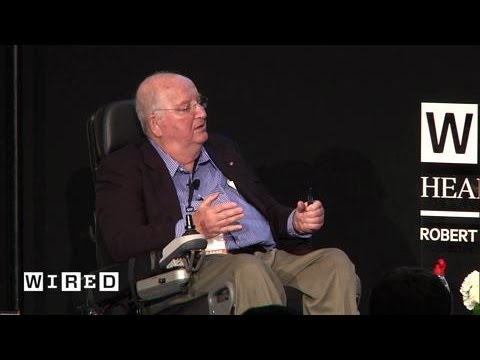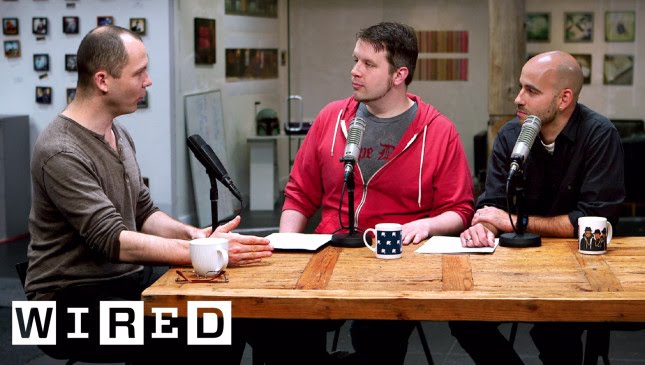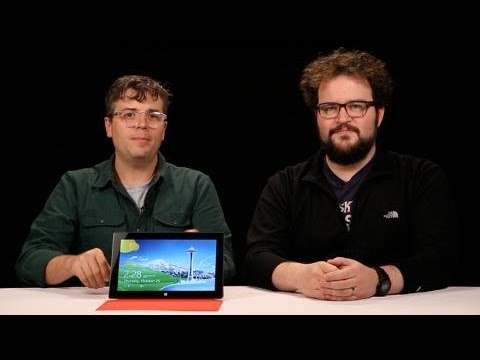Star Wars and the Fall of Lego: The Journey from Interlockability to Virtual CG
Summary
The article discusses the impact of Star Wars on Lego, where the introduction of licensed models has transformed the art of Lego from interlockability to a virtual, consequence-free mix of CG and AI. The article highlights the rise of computer games and standalone movies in the Lego franchise, leading to the loss of tactile creativity tools, the rise of specialized parts, and the virtualization of Lego.
Table of Contents
- Introduction
- How did Star Wars influence Lego?
- What was Lego’s original focus?
- What was the impact of the Phantom Menace line of toys?
- How did Lego progress from toys to computer games and movies?
- What has been the impact of CG and AI on Lego?
- What are the drawbacks of computer games and standalone movies in the Lego franchise?
- What is the future of Lego?
- Conclusion
Introduction
Lego is an iconic, plastic building-block toy that has entertained and educated generations of children for decades. But in recent years, the Lego brand has undergone a transformation that has left purists and fans alike disenchanted. This article explores the evolution of Lego since the introduction of Star Wars, tracing the origins of the Lego brand and detailing how the art of interlockability has now become virtual.
How did Star Wars influence Lego?
In 1999, Lego released its first line of Star Wars-branded toys, marking the start of a new era for the Lego brand. The success of these toys led Lego to roll out other licensed properties such as Spongebob, Avatar, Ben 10, Lone Ranger, etc. Lego’s licensing of these brands brought about an evolution in the Lego world that was far more impactful than what the company had expected. This has led to the increase of specialized parts that can only be used with licensed products and have betrayed the very idea of infinite interlockability.
What was Lego’s original focus?
The original focus of Lego was bricks – plain, generic bricks that allowed for infinite creativity and interlockability. Over time, Lego progressed into creating space people and pirates, but the focus was still on the bricks, creativity and possibility space. Lego created Technics, Bionicles and Mindstorms that expanded the possibility space of what one could build with Lego. Lego was about the bricks.
What was the impact of the Phantom Menace line of toys?
The Phantom Menace marked Lego’s first line of licensed products. It was an enormous success and propelled the Lego group to license other properties that ushered in a cross-media marketing virus. Lego started to create specialized parts that were only applicable to licensed products. It then stopped being about the bricks and became about the marketability of other properties.
How did Lego progress from toys to computer games and movies?
In 2005, Lego released the Lego Star Wars game, which marked the beginning of Lego’s evolution into computer games and standalone movies. This eventually led to the release of Harry Potter, Raiders of the Lost Ark, Batman, Pirates of the Caribbean, and other Lego computer games. These games also marked the beginning of the end of interlockability, which has since been replaced by CG and AI in Lego’s digital creations.
What has been the impact of CG and AI on Lego?
The impact of CG and AI has led to a shift away from Lego’s tactile creativity tools and interlockability, and towards a pure virtual mix of computer graphics and AI. Lego has lost touch with its building roots and become all about bite-sized, easily replicable virtual scenes that slowly erode the magic that surrounds the brand.
What are the drawbacks of computer games and standalone movies in the Lego franchise?
The limitations of computer games have resulted in the creation of Lego films that are somewhat annoying, with tongue-in-cheek reenactments of familiar set pieces from familiar magazines. These parodic elements are toothless and get approved by the rights holder, which further sell out the art of lego. The consequence-free nature of these games and standalone movies negates the value of Lego as a tool of imagination and creativity, replacing it entirely with virtual reality carelessly crafted out of CG and AI.
What is the future of Lego?
With Lego’s more recent tinkering of interlockability, tactile tools, etc., Lego is gradually circling back to its origin. With this shift back towards creativity, Lego has the potential to become a fun learning tool where Lego is about imagination again. Lego should let people have the tools they require to make anything they want. Lego should focus more on the bricks and the child-friendly essence of its toys.
Conclusion
The fall of Lego from its golden days of interlockability and tactile tools has been identified as an impact of Star Wars. The licensing of the Star Wars brand sparked a transformation of the Lego identity that has culminated into virtualized CG and AI dominated Lego projects. Still, there is hope that with Lego returning to its roots, the company might dawn a new era of children’s learning and creativity. Lego should go back to being speckled and should be about bricks, not a platform for another brand.







